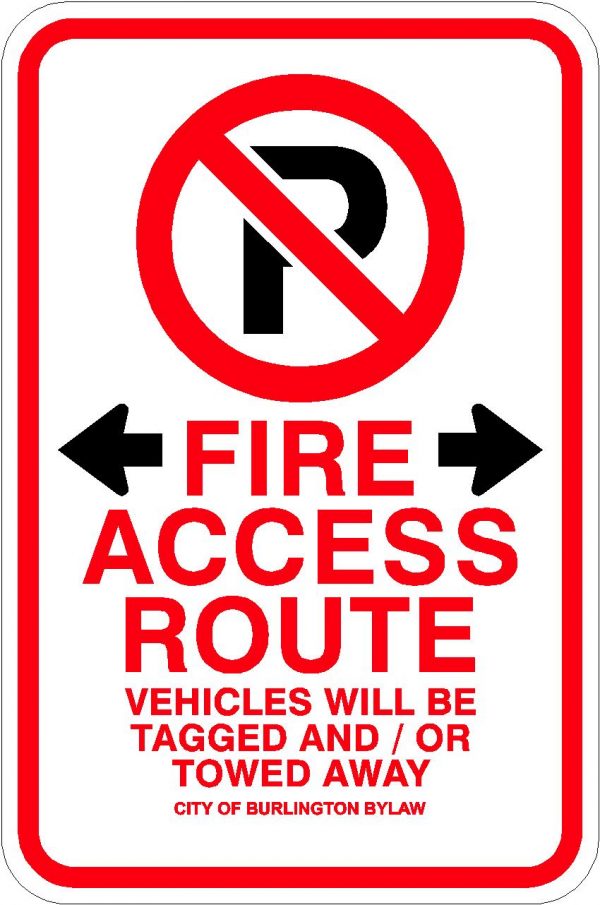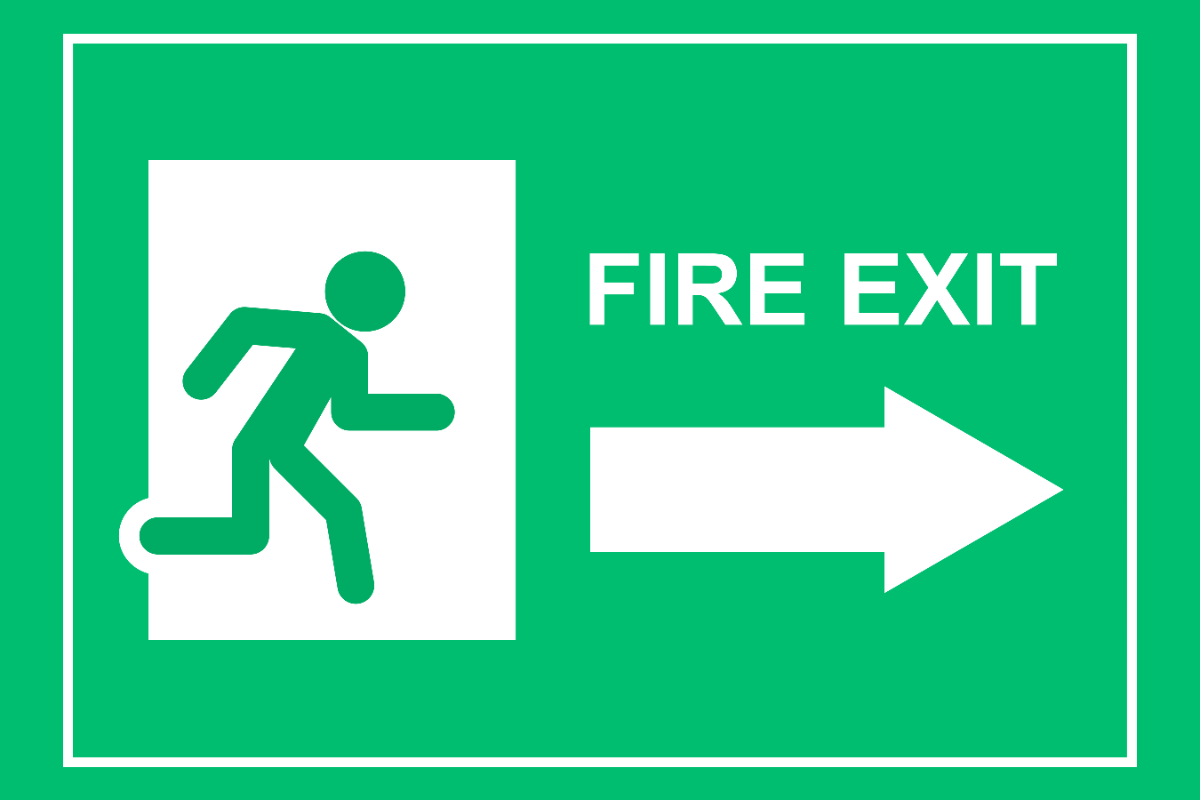Route 3 fire has become a critical topic of discussion in recent years, as wildfires continue to pose a significant threat to communities, ecosystems, and economies worldwide. The devastating effects of these fires demand urgent attention and a deeper understanding of their causes, impacts, and potential solutions. In this article, we will explore the Route 3 fire in detail, providing valuable insights into its origins, consequences, and strategies for mitigating future occurrences.
As wildfires continue to increase in frequency and intensity, understanding the dynamics of events such as the Route 3 fire is essential for developing effective response strategies. This article aims to provide a thorough analysis of the fire, its effects on the environment, and the communities affected by it. By examining the factors contributing to wildfires, we can better prepare for and respond to similar incidents in the future.
Whether you are a concerned citizen, a policymaker, or an environmental enthusiast, this article will equip you with the knowledge and tools necessary to address the challenges posed by wildfires. Let us delve into the intricacies of the Route 3 fire and uncover the steps we can take to protect our planet and its inhabitants.
Read also:Sam The Parrot The Remarkable Story Of A Feathered Legend
Table of Contents
- Overview of Route 3 Fire
- Causes of Route 3 Fire
- Impact of Route 3 Fire
- Environmental Effects
- Community Effects
- Response Efforts
- Mitigation Strategies
- Long-Term Planning
- Data and Statistics
- Conclusion
Overview of Route 3 Fire
The Route 3 fire refers to a specific wildfire incident that occurred along Route 3, a major transportation corridor in a region prone to wildfires. This fire, like many others, was fueled by a combination of natural and human-induced factors, resulting in widespread destruction and significant environmental and economic losses.
This section will provide a detailed overview of the Route 3 fire, including its timeline, geographical location, and initial conditions that led to its outbreak. Understanding the context of the fire is crucial for grasping its broader implications.
Key Facts About Route 3 Fire
- Location: Route 3 corridor
- Duration: Several weeks
- Size: Covered thousands of acres
- Causes: A combination of dry weather, strong winds, and human activity
Causes of Route 3 Fire
Identifying the causes of the Route 3 fire is essential for preventing similar incidents in the future. This section will explore the various factors that contributed to the outbreak of the fire, including both natural and human-induced elements.
Natural Factors
Dry weather conditions, prolonged droughts, and high temperatures are some of the natural factors that contribute to the outbreak of wildfires. These conditions create an environment where fires can easily ignite and spread rapidly.
Human-Induced Factors
Human activities, such as improper disposal of cigarettes, campfires left unattended, and accidental sparks from machinery, are also significant contributors to wildfires. In the case of the Route 3 fire, human negligence played a critical role in its initiation.
Impact of Route 3 Fire
The impact of the Route 3 fire was far-reaching, affecting both the environment and the communities in its path. This section will examine the various ways in which the fire influenced the region, highlighting the immediate and long-term consequences.
Read also:Hemmanuel Pharmacy Your Trusted Source For Quality Medication And Healthcare Solutions
Environmental Effects
Wildfires like the Route 3 fire have devastating effects on the environment. They destroy vegetation, disrupt ecosystems, and contribute to air pollution. This section will delve into the specific environmental impacts of the Route 3 fire, including the loss of biodiversity and the release of greenhouse gases.
Loss of Vegetation
One of the most visible effects of the Route 3 fire was the destruction of vast areas of vegetation. This loss not only affects the aesthetic beauty of the landscape but also disrupts the habitats of numerous plant and animal species.
Air Quality Degradation
Smoke from wildfires significantly reduces air quality, posing health risks to both humans and animals. The Route 3 fire was no exception, with residents in the affected areas experiencing respiratory issues and other health concerns.
Community Effects
Communities near the Route 3 fire faced numerous challenges, including displacement, loss of property, and economic disruption. This section will explore the human toll of the fire and the efforts made to support affected individuals.
Displacement and Evacuation
Many residents were forced to evacuate their homes as the fire approached, leading to temporary displacement and emotional distress. Local authorities and relief organizations worked tirelessly to provide shelter and support to those affected.
Economic Impact
The Route 3 fire also had significant economic implications, affecting industries such as agriculture, tourism, and real estate. Businesses in the affected areas faced losses due to damaged infrastructure and reduced customer traffic.
Response Efforts
Responding to wildfires requires coordinated efforts from various stakeholders, including government agencies, firefighting teams, and local communities. This section will outline the response strategies employed during the Route 3 fire and evaluate their effectiveness.
Firefighting Techniques
Firefighting teams utilized a combination of aerial and ground-based techniques to combat the Route 3 fire. Helicopters and airplanes dropped water and fire retardants on the flames, while ground crews worked to create firebreaks and contain the blaze.
Community Involvement
Local communities played a vital role in the response efforts, volunteering their time and resources to assist firefighting teams and support displaced residents. This collaboration was instrumental in mitigating the fire's impact.
Mitigation Strategies
Preventing future wildfires requires proactive measures and long-term planning. This section will discuss the strategies that can be implemented to reduce the likelihood and severity of wildfires like the Route 3 fire.
Forest Management
Effective forest management practices, such as controlled burns and vegetation clearance, can help reduce the fuel available for wildfires. Implementing these strategies in areas prone to fires can significantly decrease the risk of large-scale outbreaks.
Public Awareness
Raising public awareness about the causes and consequences of wildfires is crucial for preventing human-induced fires. Educational campaigns and community outreach programs can empower individuals to take responsibility for their actions and contribute to fire prevention efforts.
Long-Term Planning
Long-term planning is essential for addressing the root causes of wildfires and building resilience in affected communities. This section will explore the policies and initiatives that can be adopted to ensure sustainable development and environmental protection.
Policy Recommendations
Governments and policymakers must prioritize the development of regulations and incentives that promote sustainable land use and fire prevention. This includes investing in research and technology to improve fire detection and response capabilities.
Infrastructure Development
Investing in infrastructure that supports fire prevention and response, such as early warning systems and fire-resistant building materials, can help protect communities from future wildfires. These measures should be integrated into urban and rural planning processes.
Data and Statistics
Data and statistics provide valuable insights into the scale and impact of wildfires. This section will present relevant data related to the Route 3 fire, supported by credible sources and research studies.
According to the National Interagency Fire Center, wildfires in the United States have been increasing in frequency and intensity over the past few decades. The Route 3 fire is just one example of this trend, underscoring the urgent need for action.
Conclusion
The Route 3 fire serves as a stark reminder of the challenges posed by wildfires and the importance of addressing their causes and consequences. By understanding the factors that contribute to these fires and implementing effective mitigation strategies, we can work towards a safer and more sustainable future.
We invite you to share your thoughts and experiences in the comments section below. Your feedback is invaluable in helping us improve our understanding of wildfires and their impacts. Additionally, feel free to explore other articles on our site for more information on environmental issues and solutions.


